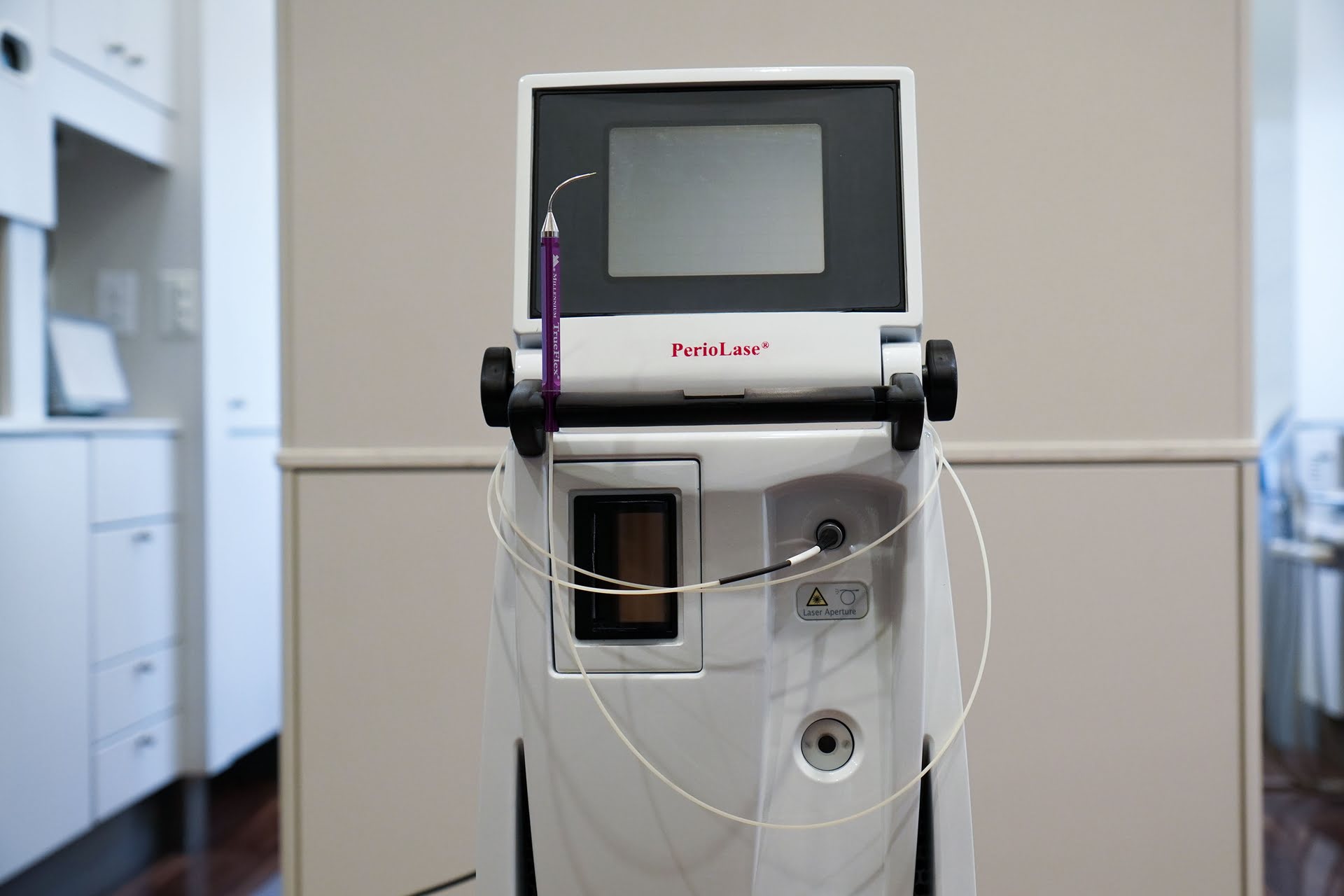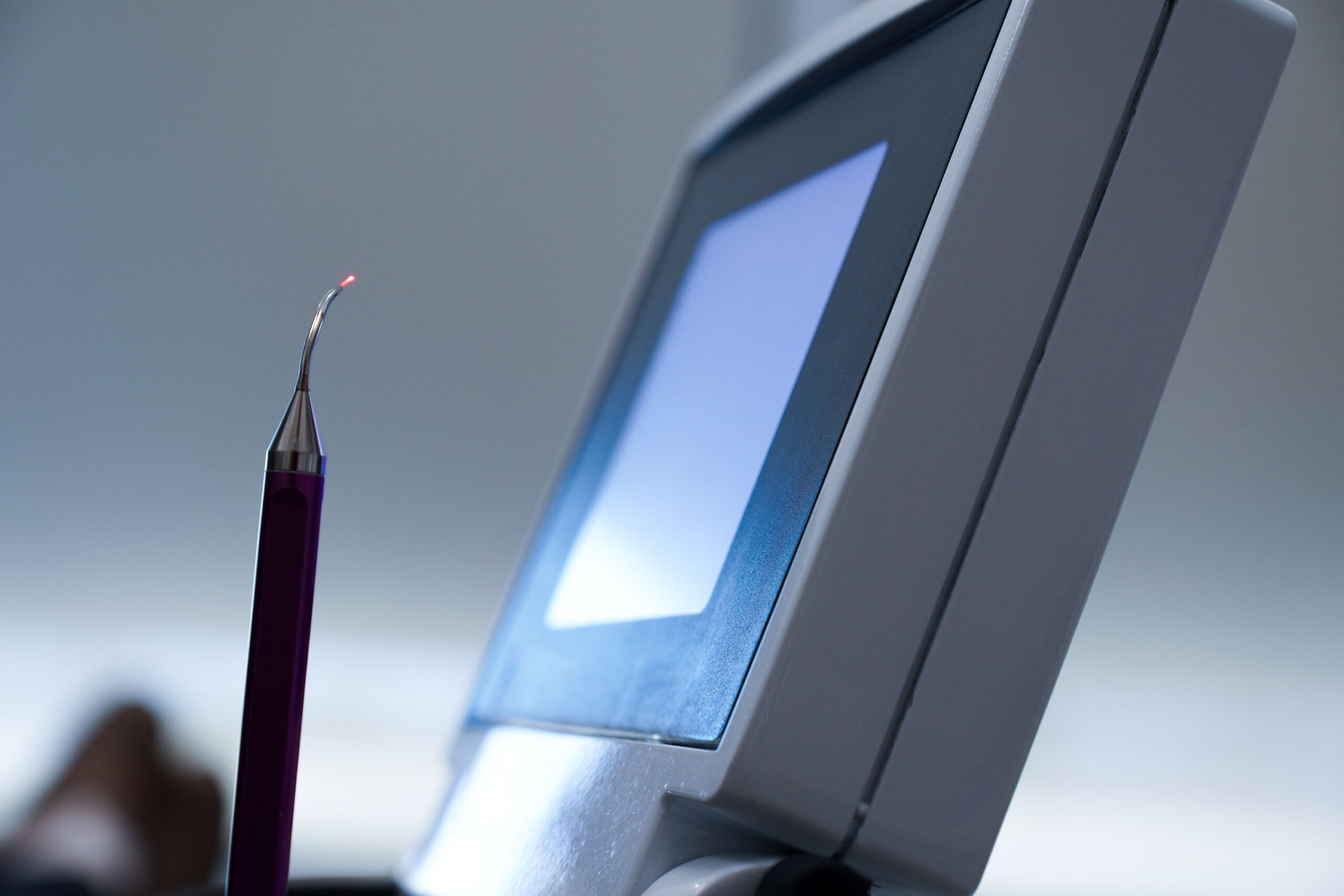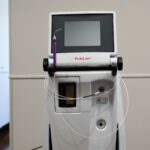When it comes to treating gum disease, many patients express concerns about traditional surgical methods, which often involve scalpels and sutures. Fortunately, advancements in dental technology have introduced less invasive alternatives, like the Laser-Assisted New Attachment Procedure (LANAP). But how safe is LANAP, and why should patients feel confident in choosing it over conventional gum surgery? In this blog, we’ll explore why LANAP is considered a safe and effective option for treating gum disease, backed by studies and regulatory approval.
FDA Approval and Regulatory Backing
LANAP is an FDA-approved treatment, which means it has passed rigorous testing and evaluation to ensure safety and effectiveness. The PerioLase MVP-7 laser used in the LANAP procedure was cleared by the FDA in 2004 specifically for periodontal applications. This approval is a key indicator of the procedure’s safety, as the FDA only grants approval to medical devices that meet stringent safety standards.
How the LANAP Laser Works
The PerioLase MVP-7 laser, which is at the heart of the LANAP procedure, is designed to target only infected tissue while leaving healthy tissue intact. This precision is one of the primary reasons LANAP is safer than traditional methods. Traditional surgery often requires cutting away both diseased and healthy tissue, leading to more extensive healing times and potential complications. The laser’s selective targeting reduces the risk of excessive tissue damage, minimizes bleeding, and promotes faster recovery.
Additionally, the laser stimulates the regrowth of bone and connective tissue around the teeth, providing a regenerative benefit that traditional surgery cannot offer. This regenerative capability is particularly important in advanced gum disease cases, where bone loss around the teeth may occur.
Clinical Studies Supporting LANAP’s Safety and Effectiveness
Numerous studies have shown that LANAP is both safe and effective for treating moderate to severe periodontal disease. For example, a 2007 study published in the International Journal of Periodontics & Restorative Dentistry showed that LANAP promoted significant periodontal regeneration, including new bone formation around previously diseased teeth. The study highlighted how the laser’s ability to disinfect periodontal pockets and stimulate healing contributed to better patient outcomes compared to traditional surgery.
Another clinical study published in the Journal of Periodontology in 2012 evaluated the long-term safety of LANAP. The research demonstrated that LANAP not only provided immediate clinical improvements but also maintained those benefits over several years with no significant side effects or complications.
Less Invasive = Lower Risk
One of the primary reasons LANAP is safer than traditional surgery is its minimally invasive nature. Traditional periodontal surgery often involves cutting and stitching the gums, which can lead to higher risks of infection, swelling, and pain. In contrast, LANAP requires no incisions or sutures. The laser cauterizes as it treats, which reduces the risk of post-operative infections and promotes faster healing.
Patients undergoing LANAP also report less discomfort during and after the procedure. The reduced trauma to the gums and surrounding tissues means fewer complications and a more comfortable recovery process.
Faster Recovery Times with Fewer Complications
Because LANAP is less invasive than traditional surgery, patients experience significantly shorter recovery times. With conventional gum surgery, recovery can take several weeks, during which patients may experience swelling, bleeding, and discomfort. LANAP’s laser technology minimizes these side effects, allowing patients to resume normal activities much sooner. The laser also promotes clotting, reducing the risk of post-operative bleeding, which is a common concern in traditional surgery.
Moreover, LANAP’s ability to regenerate tissue rather than remove it means fewer long-term risks associated with gum recession, which can occur after traditional surgery. Preserving as much natural tissue as possible is crucial for maintaining the health of your gums and teeth in the long run.
Why You Should Feel Confident About LANAP
The combination of FDA approval, clinical studies, and positive patient outcomes makes LANAP a safe and effective option for treating gum disease. Its minimally invasive nature, precision, and regenerative capabilities set it apart from conventional surgery, offering a safer and more comfortable experience for patients.
If you’re considering treatment for gum disease, LANAP offers a modern, scientifically backed approach that minimizes risk while maximizing results. Always consult with a certified periodontist who is trained in LANAP to discuss whether this procedure is right for you.
Conclusion
LANAP’s safety is backed by both regulatory approval and a wealth of clinical evidence. Its ability to selectively target diseased tissue while preserving healthy tissue, combined with faster recovery times and fewer complications, makes it an attractive option for treating gum disease. Whether you’re looking for a less invasive alternative to traditional surgery or seeking faster healing with fewer risks, LANAP is a proven and reliable solution.
Considering LANAP? Contact our clinic to schedule a consultation and learn more about how this advanced treatment can help restore your gum health safely and effectively.




